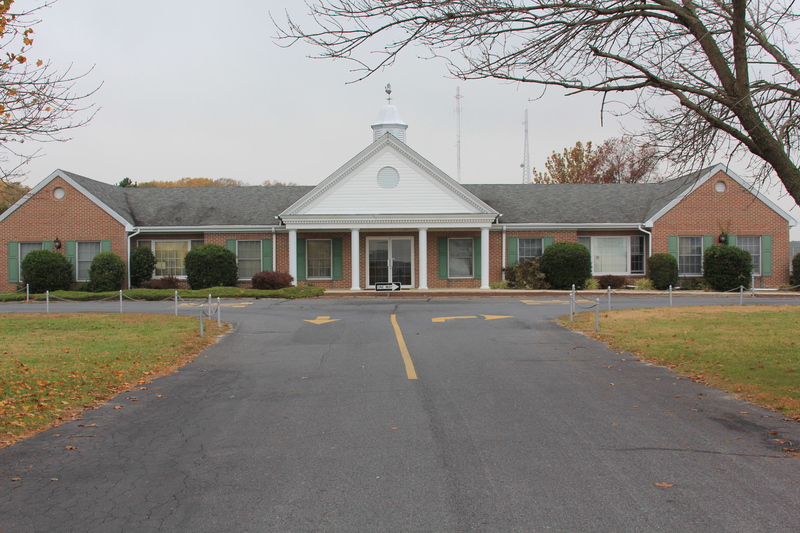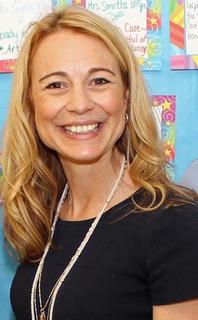Cape schools welcomed more students than expected this year, according to the Sept. 30 final unit count.
The unit count is the data that determines how state funding is distributed, which sets the basis for the number of teachers and staff the state will pay for.
With 5,643 students enrolled as of Sept. 30, Cape’s unit count is 451.67, 20 units higher than the 2017-18 school year. Cape Assistant Superintendent Jenny Nauman said the count is based on the number of students, with certain special needs adding extra weight.
“For example, Consortium students have more complex needs, so they earn more units for the school,” Nauman said. “Our biggest growth is from the Consortium.”
Nauman said the Consortium’s 308 students equal 98.47 units. Cape High’s 1,499 kids equal 103 units for the district.
Each school does its own unit count based on class attendance rolls. School principals verify attendance rolls and send the school count to the district office for a district-wide unit count that is submitted to Delaware Department of Education.
“We have qualified for another 11-month supervisor position for the district office, but will not fill that position for this year to allow us to save money, as we would have to fund the local portion of that salary,” Nauman said.
Nauman said every April, schools complete a spring snapshot that predicts fall enrollment. Last April, Cape district predicted a 10-unit growth overall for the 2018-19 school year.
Nauman dispelled a myth that schools classify students as special education in order to gain more units.
“The funding category is determined by the student’s IEP which is completed by the teacher, administrator, special education coordinator and school psychologist,” she said. “All special education classifications may be audited by the state, so they must be factual.”
Nauman said a class-size waiver will not be needed.
“The state wants 22 or less students in class unless there is support from a paraprofessional or TAM teacher,” she said. “Some elementary classes have a couple more kids but they have the extra support needed.”
Nauman said if the school board agrees, classes can have as many students as needed with a reasonable class-size cap.
“It won’t be an issue, but we will still post the waiver announcement,” she said.
Classrooms should have one teacher per number of students in each classroom category:
Preschool: 12.8
Kindergarten to third grade: 16.2 (including special education students)
Fourth grade to 12th grade regular education: 20
Fourth grade to 12th grade basic special education: 8.4
Prekindergarten to 12th grade intensive special education: 6
Prekindergarten to 12th grade complex special education: 2.6






















































